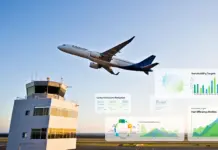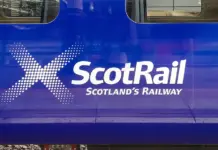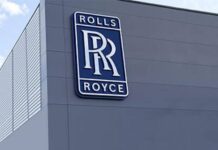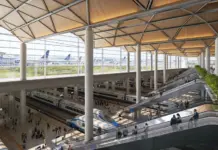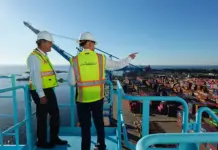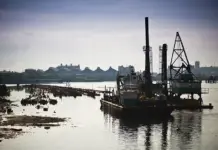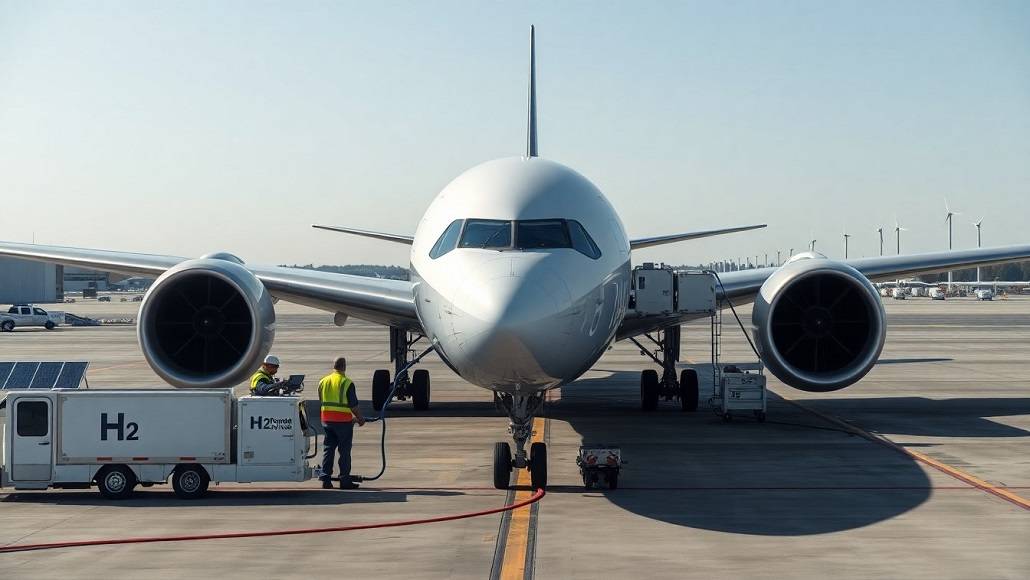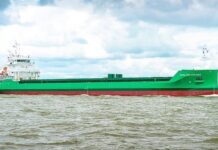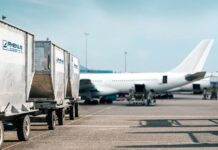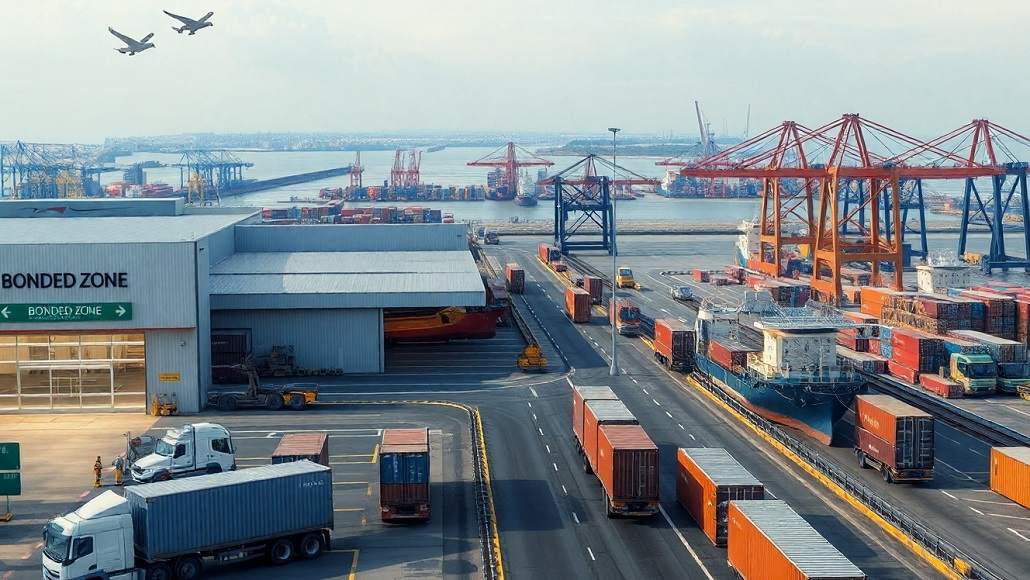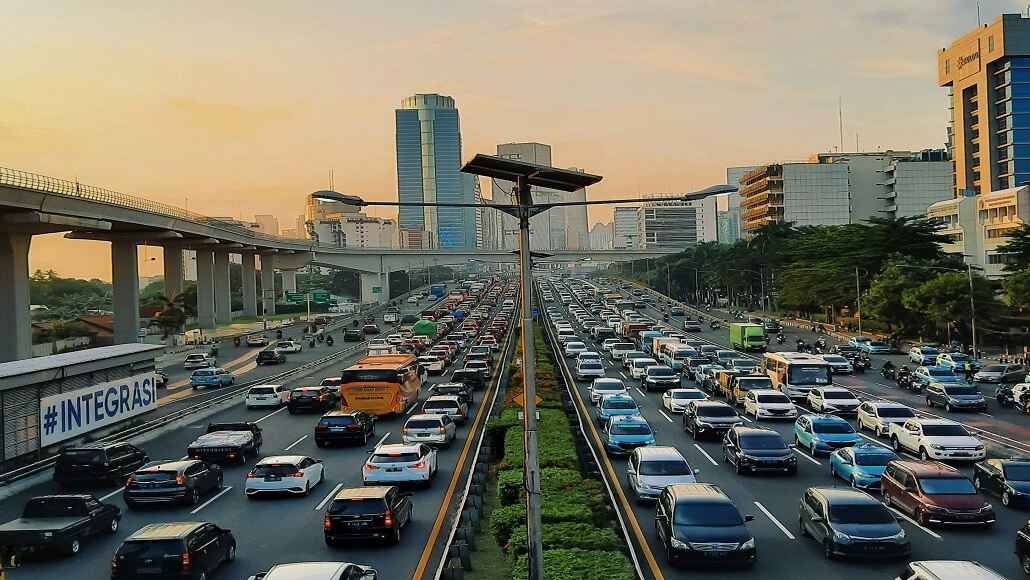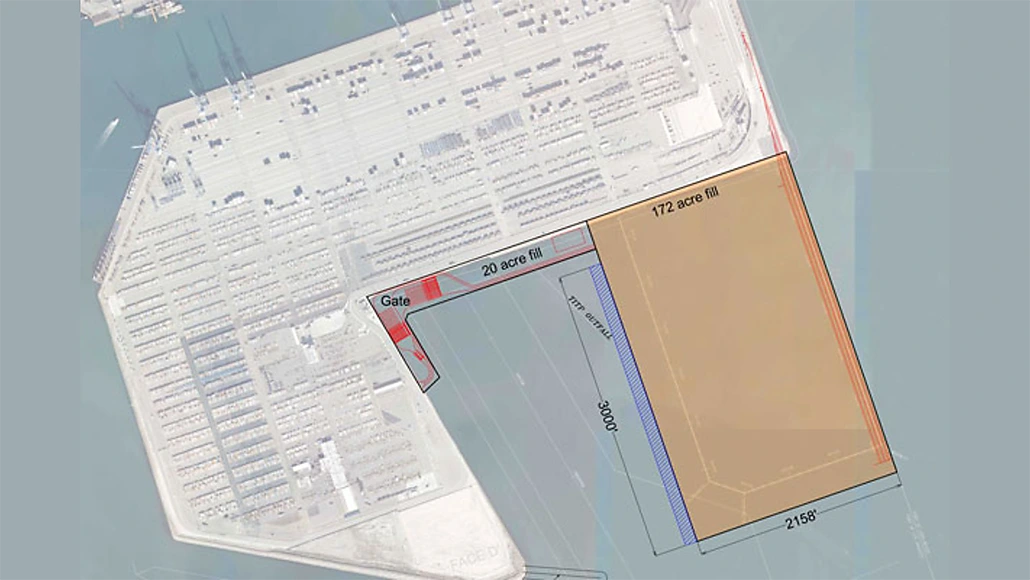The Port of Los Angeles has officially begun the initial public phase of what could evolve into a decade-long development plan for its next major container terminal. The port has issued a Request for Proposal (RFP) inviting interested parties to participate in the pre-development process for the new facility, designated as Pier 500.
Interested applicants have until January 29, 2026, to submit their proposals. Once received, the port plans to select a participant to enter into a public-private pre-development agreement. This phase will concentrate on assessing the financial viability of the project, obtaining entitlements, and fulfilling other pre-construction conditions prior to commencing any construction work.
Currently, the Port of Los Angeles operates seven major container terminals and six intermodal rail yards, making it the busiest container port in the United States. It frequently competes with the nearby Port of Long Beach and occasionally with the Port of New York and New Jersey. The port recorded a peak of 10.7 million TEU in 2021, followed by nearly 10.3 million TEU in 2024.
“For the first time in a generation, the Port of Los Angeles plans to build a new container terminal to meet global supply chain demand for decades into the future,” said Port of Los Angeles Executive Director Gene Seroka. “The development of the cleanest terminal possible would enhance our efficiency and sustainability while creating new jobs in our communities.”
The proposed Pier 500 will be located in deep water at the southern end of Terminal Island. According to Seroka, the location would significantly improve cargo-handling efficiency and accommodate next-generation vessels. While 24,000-plus TEU ultra-large container ships primarily operate on European routes, Los Angeles has managed to berth a few, though most visiting vessels remain under 20,000 TEU capacity.
Spanning 200 acres, the plan for Pier 500 includes two new berths and roughly 3,000 linear feet of new wharf space along the Pier 400 Channel. The project seeks to use 124 acres of underwater land, infrastructure originally built during the development of Pier 400, which was finished in 2002. Pier 400, which is owned and operated by APM Terminals, spans 507 acres, provides five berths, and has a handling capacity of 4.4 million TEU with 19 super post-Panamax cranes, the biggest container terminal in the Western Hemisphere.
The pre-development process for Pier 500 will involve environmental analyses pursuant to the National Environmental Policy Act (NEPA) and the California Environmental Quality Act (CEQA). From pre-development to construction and operation, the entire Pier 500 project is likely to take around 10 years.



